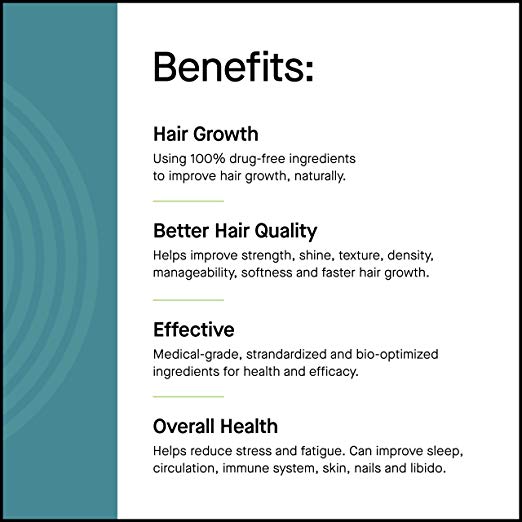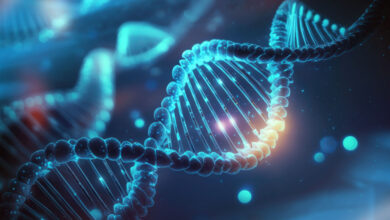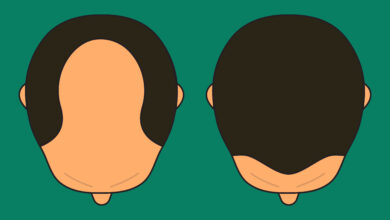HAIR LOSS SOLUTION
Men’s Hair Vitamin for Thicker Healthier Hair – 2020 Products
25/12/2019
1 minute read

Men’s Hair Vitamin for Thicker Healthier Hair
About the product
- 100% DRUG-FREE HAIR GROWTH: Physician-formulated, award-winning botanical hair vitamins to support healthy hair and increase and improve hair growth.
- CLINICALLY PROVEN INGREDIENTS: Made from ingredients clinically shown to promote hair growth as well as strength, shine, density, improved texture and less breakage.
- HELPS HOLISTICALLY: Multi-targets leading causes of hair health in men, helps rebalance the body to encourage healthy hair growth. Many people have hair loss, but there are natural solutions.
- TRUSTED & AWARD-WINNING: Winner of Esquire’s 2018 Grooming award. Over 1 million bottles purchased. Nutraceutical men’s hair supplement trusted by 1,300+ dermatologists, cosmetic surgeons and hairstylists. Recommended for all hair types.
- NATURAL INGREDIENTS: Hair growth product with natural ingredients that are medical-grade, and responsibly sourced to encourage hair growth such as Ashwagandha, Curcumin, Saw Palmetto, Marine Collagen, and Biotin.
25/12/2019
1 minute read







